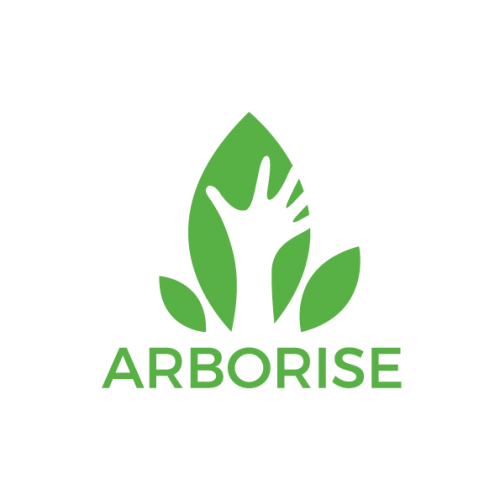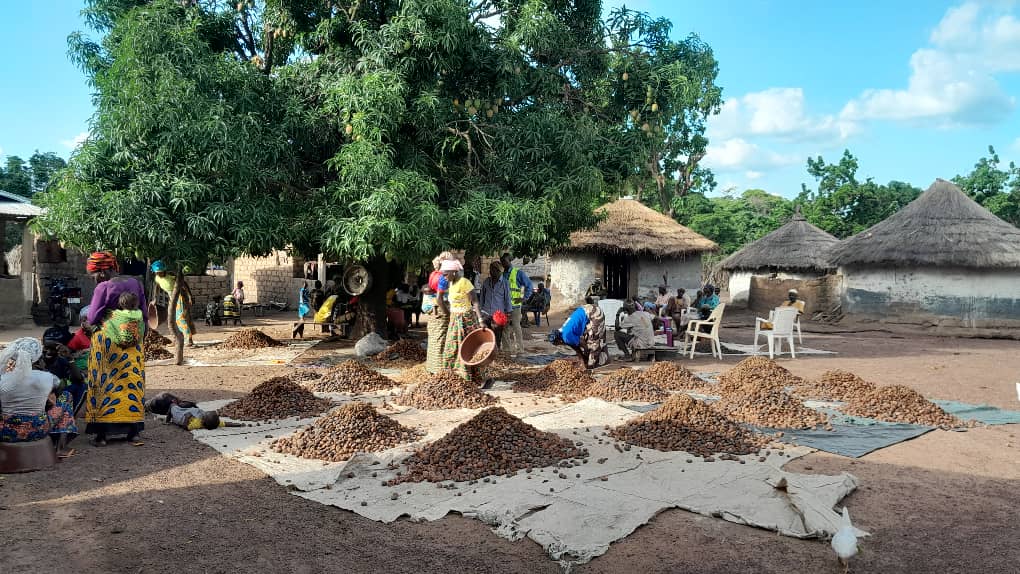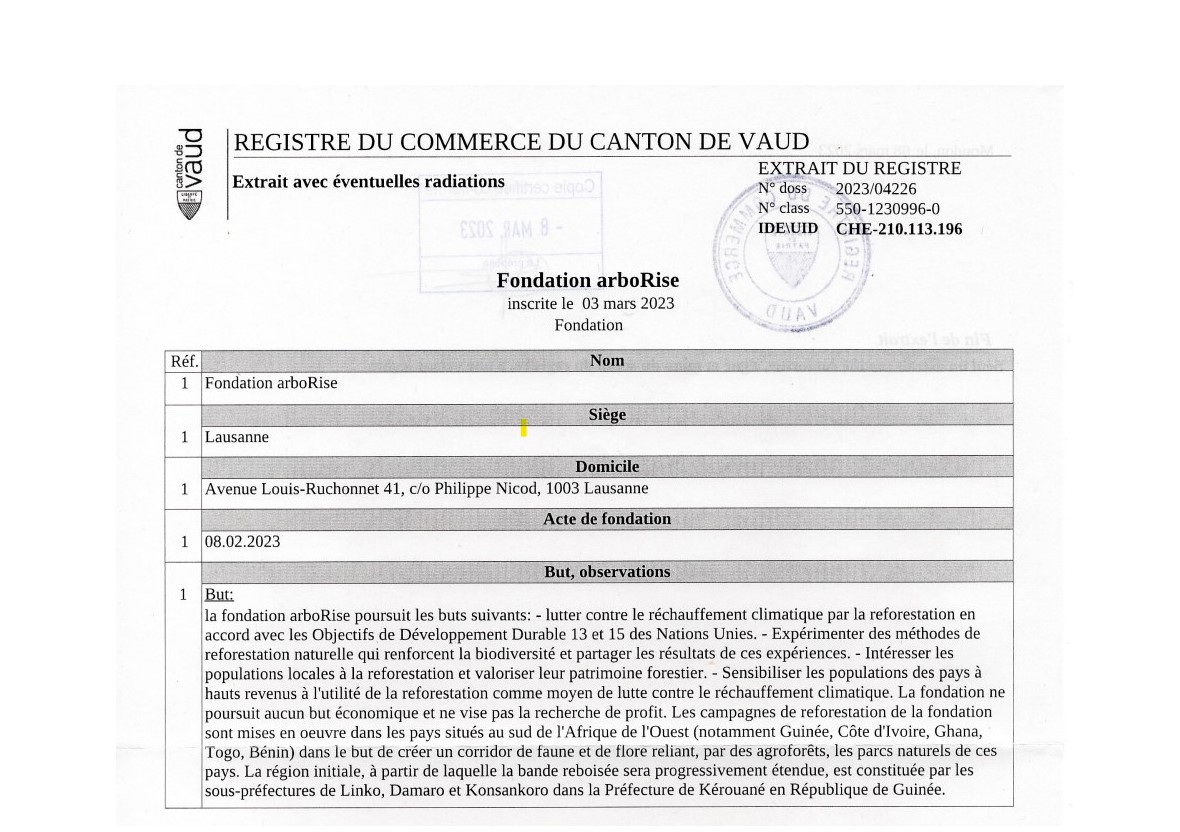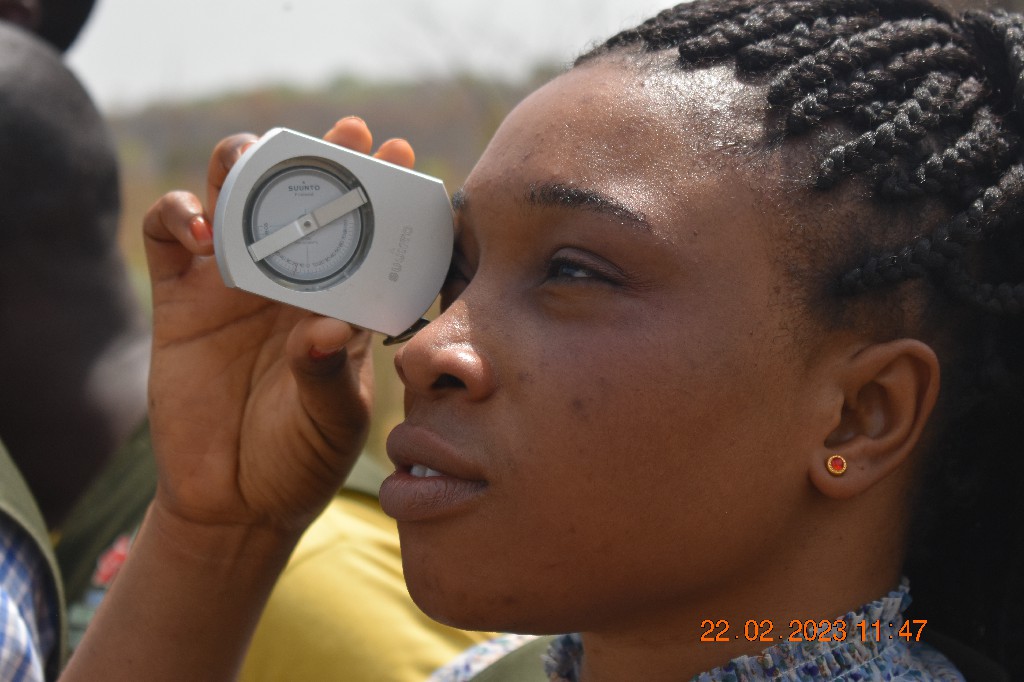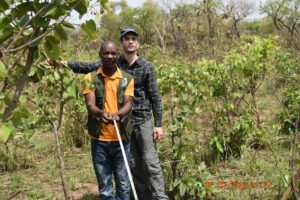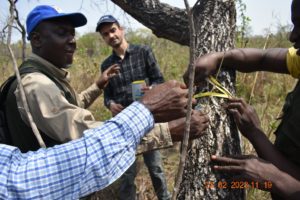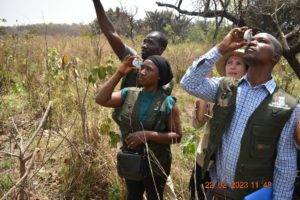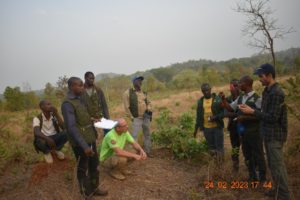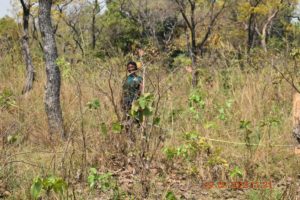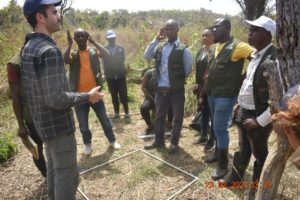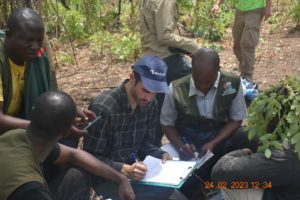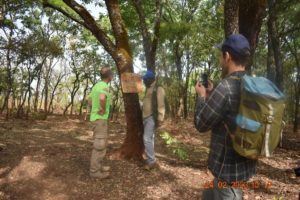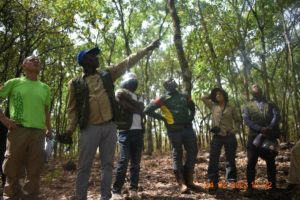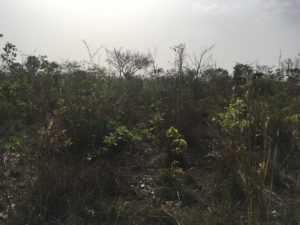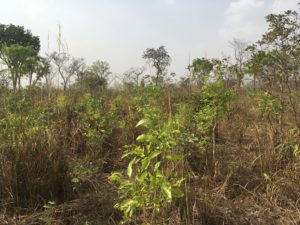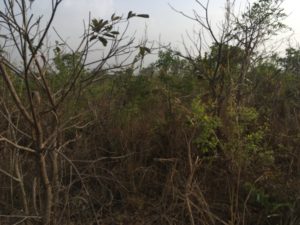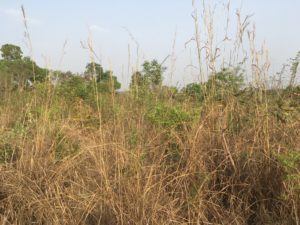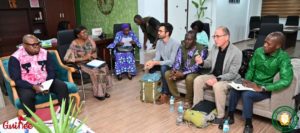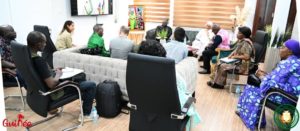The committee has implemented the transformation of the association arboRise into a foundation of public utility, following the decision of the General Assembly of 12 December 2022. The arboRise foundation pursues exactly the same goals as the association:
- To fight global warming through reforestation [1] according to the United Nations Sustainable Development Goals 13 and 15.
- To experiment with natural reforestation methods that enhance biodiversity and share the results of these experiments [2]
- Involve local populations in reforestation and enhance their forest heritage [3]
- To raise awareness among the populations of high-income countries of the usefulness of reforestation as a means to fight global warming [4]
The foundation does not pursue any economic goal and does not aim to make a profit.
The foundation’s reforestation campaigns are implemented in the countries located in the south of West Africa (notably Guinea, Ivory Coast, Ghana, Togo, Benin) with the aim of creating a corridor of fauna and flora linking, through agroforests, the natural parks of these countries. The initial region, from which the reforested strip will be progressively extended, is constituted by the sub-prefectures of Linko, Damaro and Konsankoro in the Prefecture of Kerouane in the Republic of Guinea.
- [1] To maximize the reforested areas, the approach of the arboRise foundation is “low-tech” and “low-cost”.
- [2] The intention of the arboRise foundation is that other reforestation actors can reduce their costs per hectare and maximize the reforested area.
- [3] The biggest share of the revenue from carbon credits should benefit to local communities.
- [4] Awareness-raising activities are subsidiary to the three previous goals and must not involve more than 5% of the foundation’s resources.
The tax authorities of the Canton of Vaud have validated the public utility of the arboRise foundation, which is thus exempt from corporate income tax. Donations to the foundation are tax exempt as well.
Being active abroad, the arboRise foundation is subject to the control of the Swiss Federal Supervisory Authority for Foundations. arboRise will in all likelihood have to deal with significant financial flows, so it is necessary to ensure that these resources are used wisely. The Federal Supervisory Authority for Foundations will check that its funds are used according to the statutory purposes (such a control would not have been mandatory for the association).
The arboRise foundation is now registered in the Commercial Register of the Canton of Vaud under the number CHE-210.113.196.
This legal framework provides increased security and stability for our partners and donors. This is essential, because in order to guarantee the sustainability of our reforestation activities, we are going to build lasting relationships with our future donors over several decades. We need stability to work in continuity.
The Counsil of the arboRise Foundation has a wide range of relevant skills to meet the statutory objectives:
- Eric Bettens, Lausanne city councilor (les Vert.e.s) and member of the finance committee, will facilitate the work of the board as president of the foundation board
- Mariame Camara, former vice-president of the association’s committee, originally from the Prefecture of Kérouané in Guinea, will bring her knowledge of Guinean society and the local context
- Laurent Douek, former active member of the association’s committee, member of the board of the Swiss Philanthropy Foundation, will provide the board with his vast network and expertise in the field of foundation governance
- Anne Giger Dray, specialist in sustainable management of renewable resources at the ETHZ, will provide the Board with insights from research projects (land use change, livelihoods, sustainability, governance and participatory management)
- Alice de Benoît, city councilor of Lausanne (Green’liberals) and lawyer, will support the council in the legal field and promote transversal collaborations
- John Pannell, Professor in Plant Evolution at UNIL, will contribute to the scientific robustness of the experiments conducted by arboRise.
The Foundation Board met on March 6, 2023 to define its operating mode.
As for Philippe Nicod, founder of arboRise, he will continue his benevolent commitment as director of the foundation until the foundation has sufficient resources to pay the person who will succeed him.
